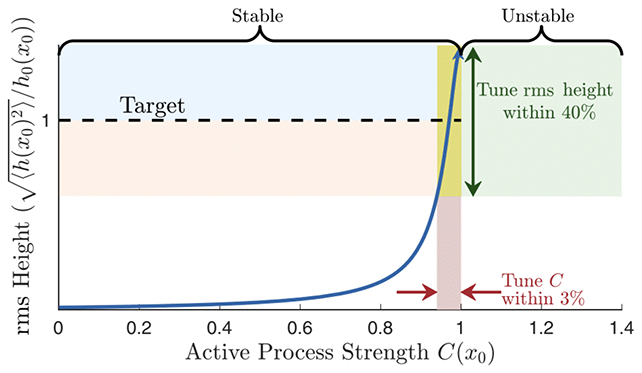
The human ear is an extraordinary organ, capable of detecting the faintest whispers while also withstanding the deafening roar of a concert or a jet engine. But how does it manage to process such a vast range of sound frequencies without being overwhelmed? Scientists have long studied the mechanics of hearing, but recent research has unveiled hidden mechanical modes within the cochlea, the inner ear structure responsible for converting sound into neural signals. These hidden modes help refine sound processing, improve low-frequency detection, and contribute to the ear’s ability to amplify and stabilize sounds.
This discovery not only deepens our understanding of auditory function but also opens new possibilities for enhancing hearing aids, cochlear implants, and treatments for hearing impairments.
The Cochlea: Nature’s Precision Sound Processor
At the heart of human hearing lies the cochlea, a snail-shaped organ in the inner ear filled with fluid and lined with sensory hair cells. These cells detect vibrations caused by sound waves and translate them into electrical signals that the brain can interpret. The cochlea operates across an astonishing range of frequencies, spanning three orders of magnitude, and can process sound intensities that vary over a trillion-fold in power.

To manage this vast range, the cochlea uses a fine-tuned system of mechanical amplification and noise regulation. Until now, scientists believed that different sections of the basilar membrane (the structure inside the cochlea responsible for frequency separation) functioned independently to detect sound. However, the recent study challenges this assumption by revealing a previously unknown mode of cooperative movement within the cochlea.
The Discovery of Hidden Mechanical Modes
Researchers found that certain sections of the basilar membrane do not work in isolation—instead, they interact in ways that enhance low-frequency sound detection. These hidden mechanical modes allow the cochlea to process soft sounds more efficiently while maintaining stability against loud noises.
This means that the ear is equipped with a built-in dynamic fine-tuning system that helps us distinguish subtle sounds in noisy environments. These hidden modes could explain why some people are more sensitive to lower frequencies than others and why our ears can adjust to different listening conditions without distortion.
Auricular Muscles: An Evolutionary Relic with Purpose?
In addition to uncovering new cochlear mechanics, researchers also examined the role of auricular muscles—tiny muscles surrounding the outer ear that were long thought to be vestigial remnants of evolution. While these muscles are highly functional in many animals (allowing dogs, cats, and horses to move their ears independently to locate sound sources), humans lost this ability over time.
However, the study found that these muscles still activate during difficult listening tasks, suggesting they may serve a subtle but crucial role in sound localization and auditory focus. This discovery hints that the human auditory system may be more adaptable than previously believed, potentially offering new insights into how the brain prioritizes and processes auditory information in complex environments.
Implications for Hearing Technology and Future Research
Understanding these hidden hearing mechanisms has profound implications for audiology and hearing aid technology. By mimicking the cochlea’s newly discovered amplification and stabilization functions, researchers could develop more advanced hearing aids and cochlear implants that provide clearer and more natural sound perception.
Additionally, this research could pave the way for new treatments for hearing loss, particularly for individuals who struggle with low-frequency sound detection or sensory overload in noisy environments.
As scientists continue to explore the complexities of the auditory system, one thing becomes clear: the human ear is far more sophisticated than we ever imagined. What was once thought to be a simple system of vibration and signal conversion is actually a finely tuned, dynamic, and adaptable mechanism—one that has evolved to provide us with one of the richest sensory experiences possible.
Conclusion: A New Chapter in Hearing Science
The discovery of hidden mechanical modes in the cochlea and the potential role of auricular muscles marks a new chapter in hearing science. Whether for better hearing devices, improved treatments for auditory disorders, or simply a deeper appreciation for the marvel of human biology, these findings highlight the incredible sophistication of our ears.
So the next time you hear the distant chirping of birds or a quiet conversation across the room, remember—your ears are doing far more than you realize, operating with a complexity that even science is still uncovering.
Sources: ScienceAlert, SciTechDaily, FrontiersIn, Phys



